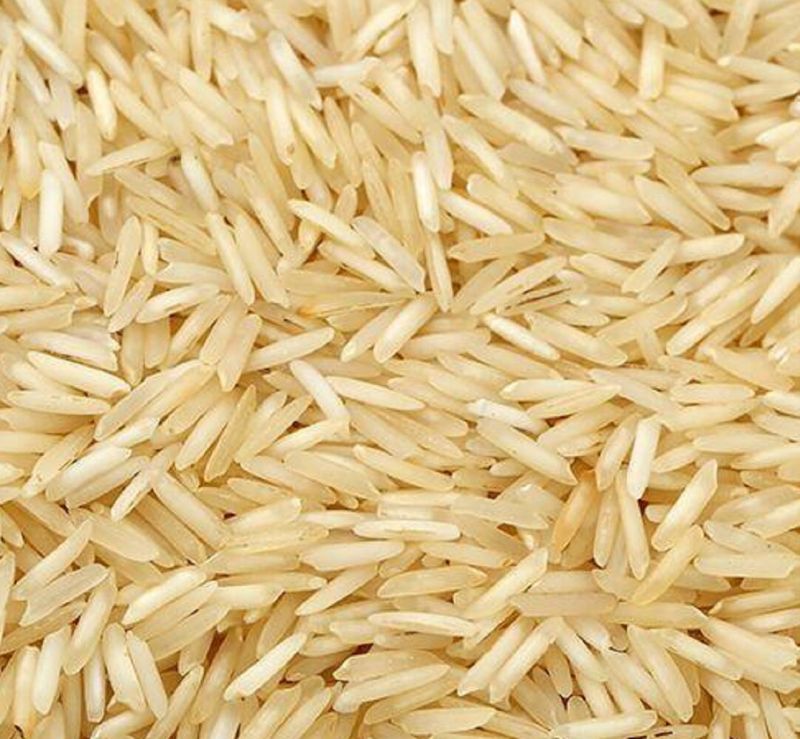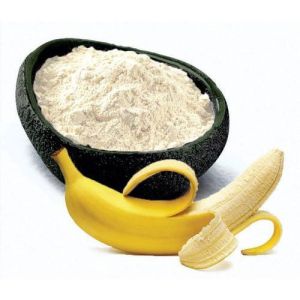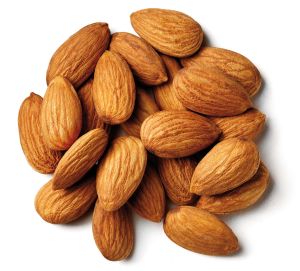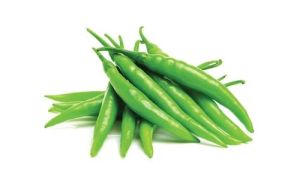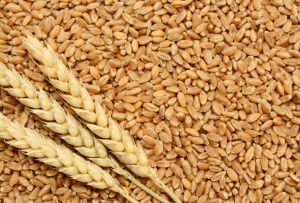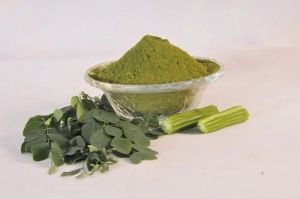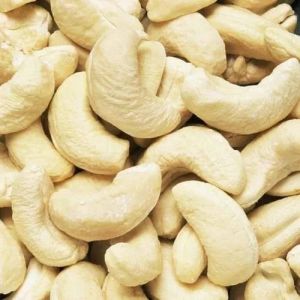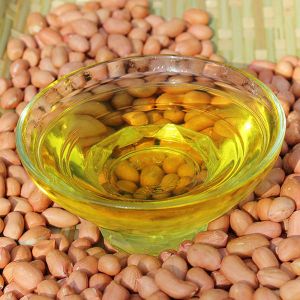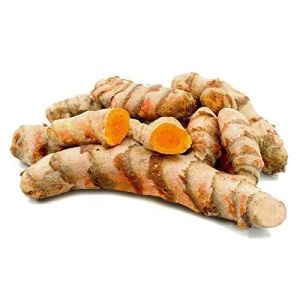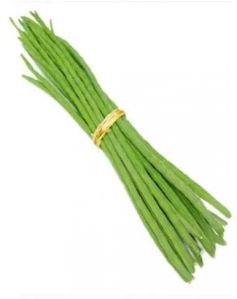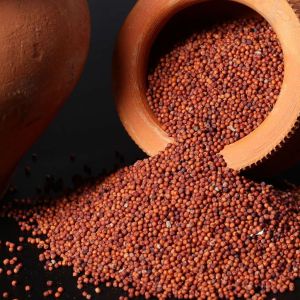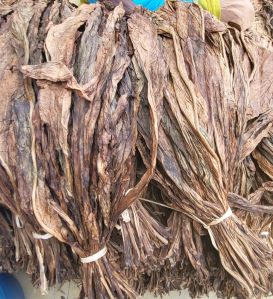| Business Type | Exporter, Supplier, Trader |
| Country of Origin | India |
| Shelf Life | 6months |
| Packaging Type | Pp Bags |
| Click to view more | |
Product Details
Variety
Long Grain
Application
Cooking
Texture
Soft
Cultivation Type
Natural
Number Of Flower
traditional basmati, 1121, pusa basmati
Size
7mm - 8.2mm
Payment Terms
L/C, D/A, D/P, T/T, Western Union, Other
Packaging Details
Packaging Types for Basmati Rice:
1.Polypropylene (PP) Bags:
Sizes: 1 kg, 5 kg, 10 kg, 25 kg, 50 kg.
Features: Durable, moisture-resistant, and suitable for both retail and bulk packaging. Often includes inner liners to prevent moisture ingress.
2.HDPE Bags (High-Density Polyethylene):
Sizes: 25 kg, 50 kg.
Features: Strong and moisture-resistant, used for bulk packaging and transportation.
3.Vacuum-Sealed Pouches:
Sizes: 500 g, 1 kg, 5 kg.
Features: Airtight packaging that helps preserve the freshness and extend shelf life. Ideal for retail packaging.
4.Carton Boxes:
Sizes: 10 kg, 20 kg, 25 kg.
Features: Used for bulk packaging, especially for export. Often contains inner bags to protect the rice.
5.Tin Containers:
Sizes: 5 kg, 10 kg.
Features: Airtight and moisture-resistant, tins are used for premium packaging to maintain the quality and flavor of the rice.
1.Polypropylene (PP) Bags:
Sizes: 1 kg, 5 kg, 10 kg, 25 kg, 50 kg.
Features: Durable, moisture-resistant, and suitable for both retail and bulk packaging. Often includes inner liners to prevent moisture ingress.
2.HDPE Bags (High-Density Polyethylene):
Sizes: 25 kg, 50 kg.
Features: Strong and moisture-resistant, used for bulk packaging and transportation.
3.Vacuum-Sealed Pouches:
Sizes: 500 g, 1 kg, 5 kg.
Features: Airtight packaging that helps preserve the freshness and extend shelf life. Ideal for retail packaging.
4.Carton Boxes:
Sizes: 10 kg, 20 kg, 25 kg.
Features: Used for bulk packaging, especially for export. Often contains inner bags to protect the rice.
5.Tin Containers:
Sizes: 5 kg, 10 kg.
Features: Airtight and moisture-resistant, tins are used for premium packaging to maintain the quality and flavor of the rice.
Basmati rice is a highly aromatic and long-grain variety of rice known for its distinctive fragrance, fluffy texture, and delicate flavor. It is primarily grown in the Himalayan region of India and Pakistan and is widely used in various dishes, including biryanis and pilafs.
Product Name: Basmati Rice Scientific Name: Oryza sativa Description:Basmati rice grains are long and slender, with a unique aroma reminiscent of pandan leaves. The rice has a fluffy texture when cooked, and the grains remain separate and non-sticky. It is often aged to enhance its flavor and texture.
Uses:- Culinary: Used in a variety of dishes, including biryani, pilaf, fried rice, and as a side dish. Basmati rice is preferred for its ability to absorb flavors and remain separate after cooking.
- Confectionery: Used in sweets like kheer and puddings.
- Processing: Used in making rice flour and rice-based snacks.
- Calories: 365 kcal
- Protein: 7.5 g
- Fat: 0.9 g
- Carbohydrates: 80 g
- Dietary Fiber: 0.9 g
- Iron: 0.8 mg
- Calcium: 28 mg
- Vitamin B1 (Thiamine): 0.07 mg
Basmati rice is graded based on its quality, length, and aroma. Common grades include:
- Pusa Basmati 1121: Known for its extra-long grain and aroma.
- Sona Masoori Basmati: Medium to long grain, with a mild aroma.
- Traditional Basmati: Older varieties with a strong aroma and long grain.
- Organic Basmati: Grown without synthetic pesticides or fertilizers.
- Bags: 1 kg, 5 kg, 10 kg, 25 kg, 50 kg, or as per buyer’s requirement.
- Type: Polypropylene (PP) Bags, HDPE Bags, Vacuum-Sealed Pouches, or Carton Boxes.
- Customized Packaging: Available with branding and specific buyer requirements.
- Export: Basmati rice is exported worldwide, especially to the Middle East, Europe, and North America.
- Domestic Market: Widely used in Indian households and restaurants.
- India Gate
- Daawat
- Patanjali
- Lal Qilla
- Fortune
Looking for "basmati rice" ?
Ton
